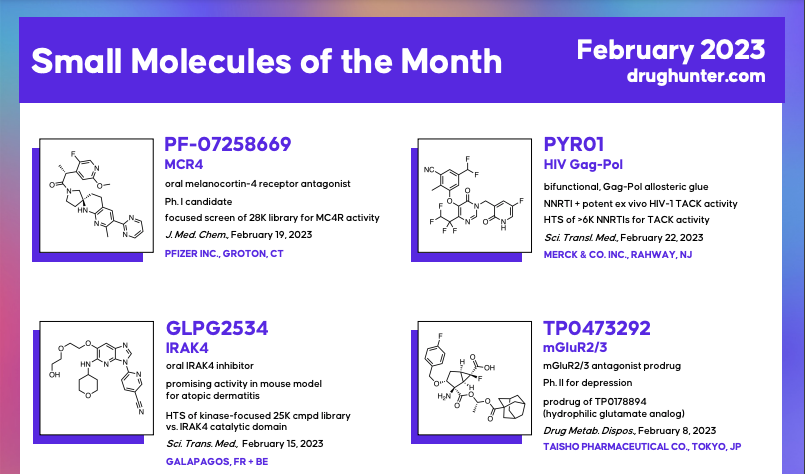Hunter Batchelder
Organic Chemistry
As the science writer for Drug Hunter, Hunter sifts through the most current drug design literature and news to provide comprehensive reviews on the latest discoveries in the field. After completing his B.S. in biological chemistry from the University of Toronto, Hunter continued his education at Johns Hopkins University, where he earned a Ph.D. in organic chemistry.
During his time as a Ph.D. student, his work focused on the discovery of new antibiotics to treat drug-resistant tuberculosis and non-tuberculosis mycobacterial infections. Additionally, he continues to serve as a research mentor and science education leader for youths to foster the next generation’s interest in the sciences.
Hunter lives in the Washington Metropolitan Area, where he enjoys hiking, running, and painting in his free time.
More from Hunter
Join the Drug Hunter Mailing List
to get free content and resources weekly. Trusted by >15,000 drug hunters worldwide. Unsubscribe anytime.
